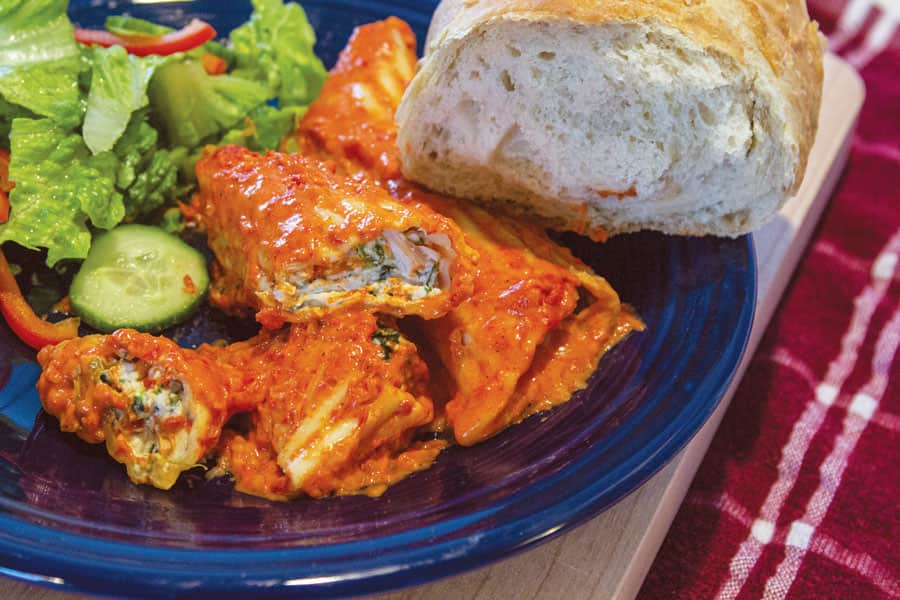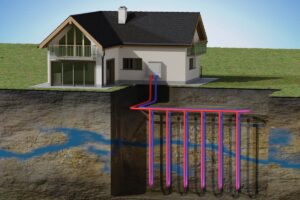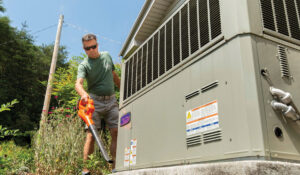Dear Jim: After 25 years, we need a total kitchen remodel for more cooking and entertaining convenience and better efficiency. Do you have design tips for accomplishing these goals on a reasonable budget? – Kathy M.
Dear Kathy: You will find that a more convenient kitchen design and new appliances also offer more efficiency. In addition to the energy and water used when cooking and entertaining, these activities produce a huge amount of heat and humidity. During summer, this can make your air conditioner run much longer, using more electricity and negatively impacting your comfort.
Since you are on a budget (as are most homeowners), you don’t need high-end appliances to get adequate convenience and efficiency. Mid-level appliances have enough features to satisfy most needs instead of spending hundreds of dollars extra to get a feature you may use only once or twice a year.
Before researching new kitchen appliances, first draw up a rough floor plan layout for your remodeled kitchen. The design flexibility will depend on your budget. For example, moving the sink can increase the plumbing expenses considerably.
If your budget allows you to move the sink, a location under a window is ideal with a recommendation of 60 inches of counter space. Split the space as closely as possible to 30 inches on each side. The window provides ventilation and efficient natural light.
The stove is best located distant from a window and direct drafts. A draft will transfer heat away from the cooking task and into the room air. This increases cooking times and the total amount of energy used. When using a typical four-element stove, a total of 36 inches of counter space around the stove should be adequate.
The location of the refrigerator is not extremely important for its efficiency, but try to avoid having it in direct sun. A white refrigerator will absorb much less heat from the sun than a stainless steel exterior. The refrigerator condenser coils need adequate air flow for efficiency, so do not surround it too closely by cabinets unless it is specifically designed for that application.
To lower costs, convert a ceiling recessed fixture to a decorative hanging pendant fixture with a DIY kit that uses a long wire that screws into the existing recessed light bulb socket. The length is adjustable by a circular cover that slides up against the ceiling, covering the recessed fixture. This provides more brightness and wider range than the old fixture.
A top-freezer refrigerator style is still the most efficient design. Newer materials and compressor designs have minimized the efficiency differences among the various styles, so don’t feel too bad about selecting a design you find more convenient. Always compare the yellow energy labels and look for ENERGY STAR products.
Kitchen water usage is significant, so consider a dishwasher with an efficient two-pump design. This requires a smaller water reservoir. Install a convenient touch-control faucet with a long hose. This allows you to turn the water on and off with just the touch of a hand without having to waste water readjusting the temperature each time.
Select a multispeed range hood with LED lighting. Some have variable-speed controls to minimize excessive conditioned air loss from the house. Its size should be 50 cfm (cubic feet per minute) of air flow capacity for each lineal foot of stove top. The hood should be as wide as the stove and about two feet above it.
Photo: The ENERGY STAR listed range hood is shallow to allow adequate height over the range when it is mounted under cabinets. Photo credit: Broan









